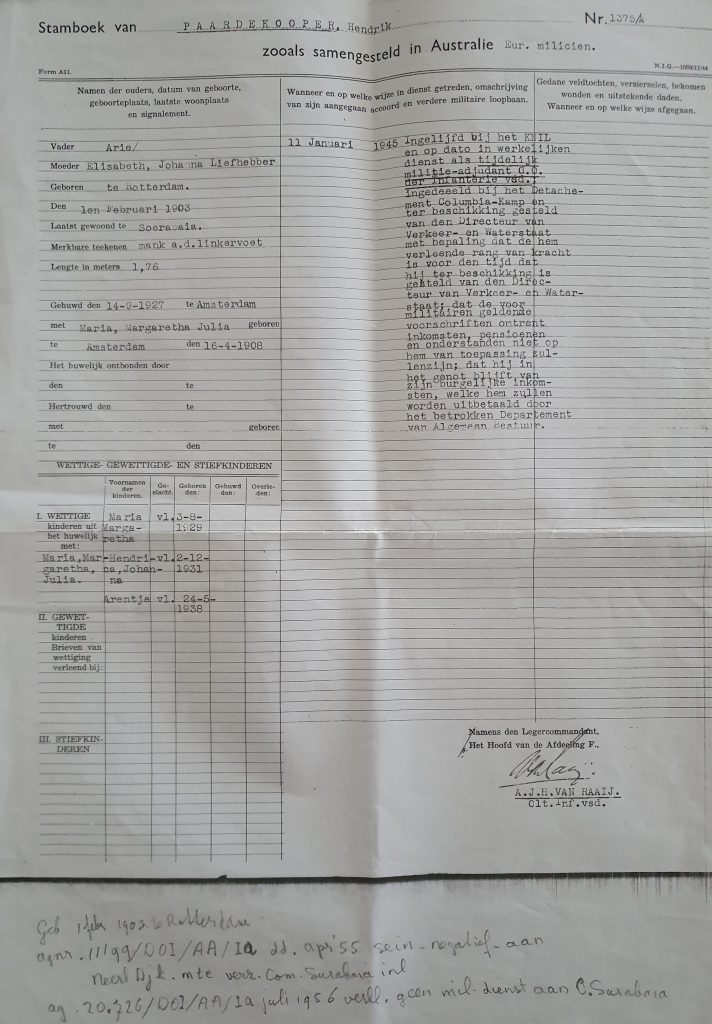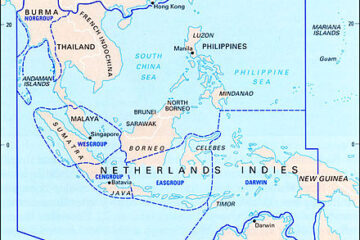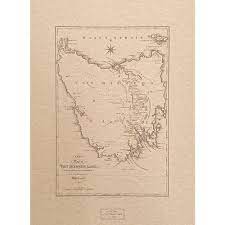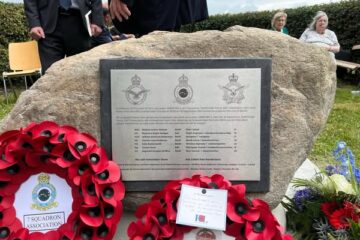At the time of the Japanese invasion in the Dutch Indies Hendrik (Henk) Paardekooper was employed – since 1938 – by the Droogdok Maatschappij Surabaya (DSM) being responsible e.g. for the floating docks and cranes used for the maintenance and repair of larger sea-going vessels, including those of the Dutch Royal Navy.

Upon request/order of the Navy he sank the docks and blew up cranes and some smaller ships when the situation became untenable.
Necessary to flee he drove his car to Tjilatjap (now Cilacap) on the south coast of Java where he – and a few colleagues he had taken with him – boarded an overcrowded ship (the Tawali) escaping via Colombo to Durban.
A number of colleagues felt the chance of success of the escape too small and returned with the car to Soerabaja where they were shot by the occupying forces.
From June 1942 till December ’44 he worked in Durban on ship repair where – with his colleagues – made a name for themselves with the speedy and often simple/cheap manner to make ships navigational again.
Upon arrival in Fremantle (W.A.) on December 10 he was registered as in service of the ‘Netherlands East Indies government in Australia’.
In January ’45 he was officially enlisted in the KNIL (Royal Dutch Indies Army) with the – temporary – rank of Adjudant. He was stationed at Camp Columbia till the end of the war.
Soon after the war he was transferred to Jakarta and later back to Surabaya with the main task to raise the docks.
Note: Possible explanation for the success of the Surabaya ‘mob’ can be found in the fact that the DMS had the largest and most important site for maintenance and repair in the Dutch Indies. Surely the fleet of the KPM (Koninklijke Pakketvaart Maatschappij) – being the main stay of inter-island transport before the war – made out a very large part of that.
As acknowledged the Dutch maritime fleet formed initially by far the majority of the available shipping capacity around Australia.
Paardekooper and colleagues must have known many of the ships presented to them inside-out.
See also: Dutch-Australian history -Netherlands East Indies/Indonesia and in particular the chapter The Dutch involvement in three month war in SE Asia.

Dutch version
Henk Paardekooper- Japanse invasie Nederlands Indië (Dutch)
Hendrik (Henk) Paardekooper – geboren 01/02/1903 in Rotterdam – werkte, bij de inval van Japan, sinds 1938 bij de Droogdok Maatschappij Soerabaja (DSM), met verantwoording van o.a. de dokken en kranen, gebruikt bij onderhoud en reparatie van grotere schepen, waaronder die van de Koninklijke Marine.
Op verzoek/bevel van de Marine heeft hij, toen de toestand onhoudbaar was, de drijvende dokken laten zinken, plus een aantal schepen en grote kranen vernield. (Zie ook de informatie over Soerabaja hier)
Dit noodzaakte hem te vluchten en met enige medewerkers is hij met zijn auto naar Thilatjap aan de zuidkust van Java gereden en van daaruit met een overbevolkte boot (de Tawali), via Colombo naar Durban ontsnapt.
Een aantal collegas durfden de riskante reis niet aan en keerden met de auto terug naar Soerabaja, waar zij door de bezetters zijn dood geschoten.
Van juni ’42 tot december ’44 in Durban aan scheepsreparatie gewerkt, waar kennelijk een naam werd gemaakt door snelle en goedkope wijze schepen weer vaarklaar te maken. *
Op 10 december ’44 geregistreerd als in dienst van ‘the Netherlands East Indies government in Australia’ en in januari ’45 officieel ingelijfd bij het KNIL met de rang van Tijdelijk Adjudant Onder-Officier; gelegerd tot het einde van de oorlog in Camp Columbia.
Na de oorlog teruggekeerd naar, eerst Jakarta, en later naar Soerabaja om daar de gezonken dokken weer te lichten.
* Een mogelijke reden voor het succes van de Soerabaja ploeg, lag in het feit, dat DSM de belangrijkste reparatie en onderhouds haven in Ned. Indie was. KPM schepen maakten daar zeker een groot deel van uit.
De nederlandse handelsvloot maakte het grootste deel uit van de rond Australie beschikbare transport/aanvoer capaciteit. Paardekooper en collegas moeten veel van die schepen van binnen en buiten gekend hebben.
See also: Dutch-Australian history -Netherlands East Indies/Indonesia and in particular the chapter The Dutch involvement in three month war in SE Asia.


